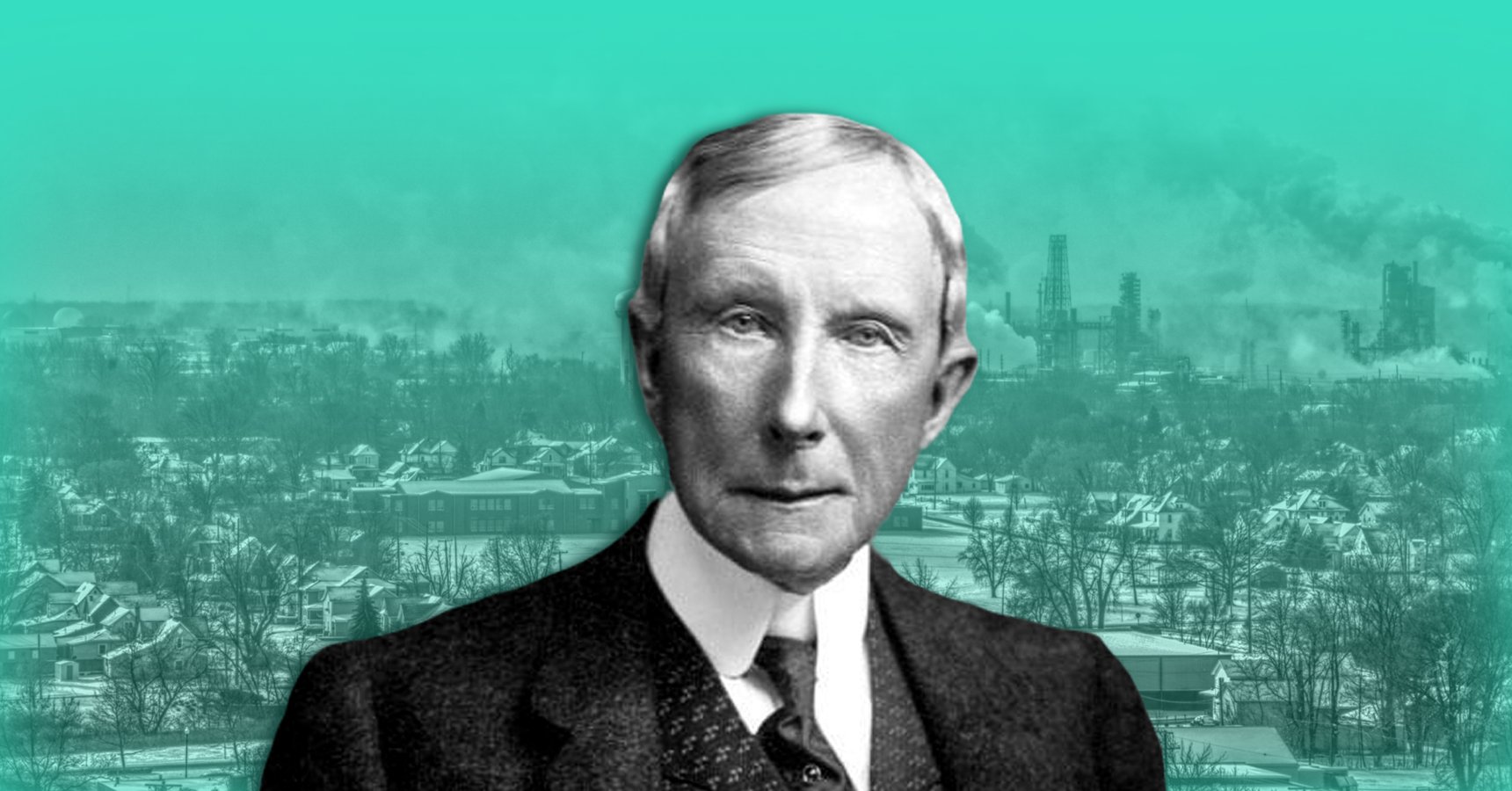Steel and Service: The Story of Andrew Carnegie
How did the son of a simple Scottish weaver become one of the wealthiest industrial tycoons and philanthropists of the world?
We’ll explain in this post, as we chart the illustrious life of Andrew Carnegie.
Carnegie was born in the Scottish town of Dunfermline in November 1835.
His father William was a handloom weaver, who often struggled to make ends meet during young Andrew's childhood. His mother Margaret would often step in and become the family's breadwinner.
While William and Margaret managed to put food on the table, Andrew benefited from the philanthropic work of another — Adam Rolland — who had gifted Dunfermline a Free School. Andrew got his early education here, understanding the power of giving at an early age.
Another huge influence on young Carnegie was his maternal uncle George Lauder, Sr. a political leader in Scotland. He was instrumental in introducing the impressionable lad to the works of Robert Burns, and the stories of Scottish legends such as William Wallace.
A good education and a love for reading helped Carnegie immensely, but his fortune was not to be found in Scotland. Even with Margaret picking up the slack by selling potted meats, Carnegie had only been outside Dunfermline once — to see Queen Victoria at Edinburgh.
This would change when, a few months shy of Andrew's 13th birthday, the Carnegie family borrowed money from George Lauder Sr. and left for Allegheny, Pennsylvania, in the US, to seek better fortunes.
A hardworking young lad
Both father and son found jobs at a Scottish-owned cotton mill, but William did not hold this job long here either. The smart Andrew however, caught the eye of another Scottish entrepreneur, who hired him to operate a steam engine at his bobbin manufacturing plant.
He didn't much enjoy the job, but stayed on and earned $2 a week until his uncle got him a recommendation at the Ohio Telegraph Company. Carnegie signed up as a telegraph messenger boy. He now earned $2.5 a month (and didn't have to tinker with steam gauges all night).
Carnegie worked smart and optimised his duties, soon getting promoted to operator. He also benefited again from the generousness of a wealthy benefactor — diligently borrowing from Colonel James Anderson's personal library, which was open to working boys on Saturdays.
These experiences prompted the teenaged Carnegie to vow that he would do the same for underprivileged children should he ever become wealthy.
(He followed through on this promise, and in his final years and beyond his death, over 2,500 'Carnegie libraries' were built).
Friends in high places
When Carnegie turned 18, he was appointed by Thomas A Scott of the Pennsylvania Railroad as a telegraph operator. 6 years later, he was promoted to Superintendent of the railway's Western Division. He was now earning almost $30 a week.
To help him out, Carnegie hired his 16 yo brother Tom, and his cousin Maria Hogan. Maria thus became the first female telegraph operator in the US. 👌
The next few years would see Carnegie benefit immensely from his close proximity and cordial relationship with Scott and Pennsylvania Railroad President John Edgar Thomson. The corrupt dealings of both parties opened up many lucrative investment opportunities for Carnegie.
His natural charm helped Carnegie connect people and broker deals, and he reinvested his handsome profits smartly into the rapidly growing railroad industry and its ancillaries.
Carnegie's personal wealth began to grow steadily.
Like fellow industry titan John Rockefeller, Carnegie also benefited from the crucial role played by his industry in the American Civil War, paving the way for his future success.
Related Read:

From oil to iron
The growing industrial movement was one Carnegie was well positioned to take advantage of. Some of his investments in oil gave him great returns, and he moved on from Pennsylvania Railroad to enter the business of iron.
Andrew Carnegie was a smart man. He was careful to maintain his good relations with Pennsylvania's Scott and Thomson, even naming his first steel plant after the latter. The move worked, the railroad company helped him acquire contracts, and became his best customer.
Carnegie's Keystone Bridge Company and Union Ironworks, helped by his favourable connections, would go on to dominate the production of rail lines and bridge construction material.
Despite his immense success, Carnegie was vocal about his stance against the blind pursuit of wealth, stressing on the importance of education. He also married late, instead devoting time to taking care of his mother until she passed when he was in his 50s.
That's not to say Carnegie neglected his business empire. He made use of the Bessemer Process to produce steel efficiently at scale, and further improved output by integrating every aspect of the raw material supply into his business, much like oil magnate Rockefeller.
In the 1880s, Carnegie bought rival Homestead Steel Works, and by the end of the decade, he controlled a large part of all steel output from the US. As 1892 rolled around, he consolidated all his interests in the sector into the Carnegie Steel Company.
A man of letters
Apart from being a renowned industrialist, Carnegie was widely regarded as a man of culture. He wrote often, and kept in correspondence with US Presidents and popular literary figures of the day, besides being routinely invited to address social gatherings.
One of his most important written works is Wealth, also known as The Gospel of Wealth, an article he wrote in June 1889. In it, he argued against the wasteful use of surplus capital for extravagance, instead prompting the wealthy to distribute it for societal good.
By the turn of the new century, Carnegie had arranged his interests for his retirement, selling his steel interests to John Pierpont Morgan for his vision of an integrated steel industry.
The deal was finalised in March 1901, forming the US Steel Corporation.
The ways of wealth
This move also made Carnegie the richest man in the US for the next few years, surpassing John Rockefeller.
In his remaining years, he aggressively focused his energies to philanthropy, adhering to what has come to be known as the 'Andrew Carnegie Dictum'.
The Andrew Carnegie Dictum:
- To spend the first third of one's life getting all the education one can.
- To spend the next third making all the money one can.
- To spend the last third giving it all away for worthwhile causes.
He followed the dictum firmly, striving for a better society by distributing his wealth effectively. Besides 1000s of libraries, he also started Carnegie Mellon University, funded construction of Carnegie Hall, and started multiple trusts and grant making foundations.
By the time he passed in August 1919 at the age of 83, Carnegie had fulfilled the conditions of his dictum, giving away north of $350 million, with his last $30,000,000 given to numerous foundations and charities after his death.
Andrew Carnegie is undoubtedly one of the most influential industrialists the world has seen, with a legacy that lives on today. We hope this post gave you an insightful glimpse into his illustrious life.
If you liked it, do share it so more people learn about his life.
Yodaa is a smart money app and card for the entire family. Join the club of the smartest financially empowered teens in India and SE Asia. Get Yodaa today.




